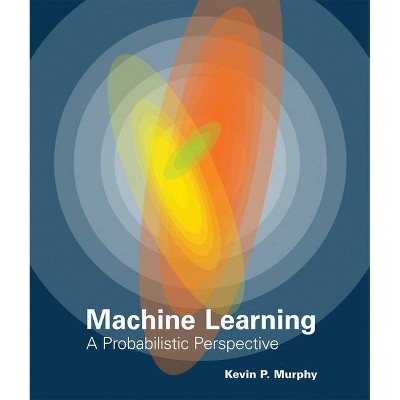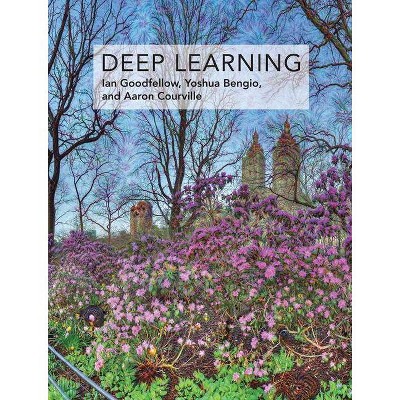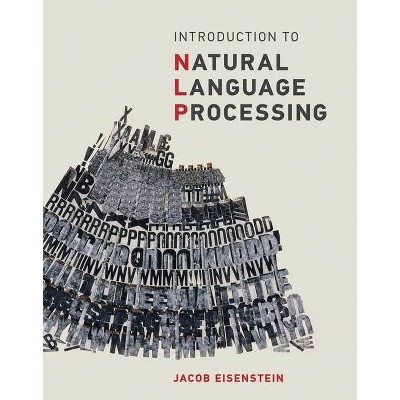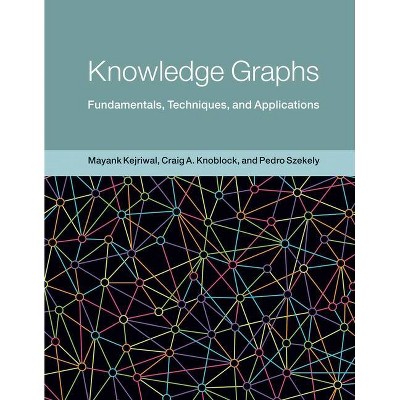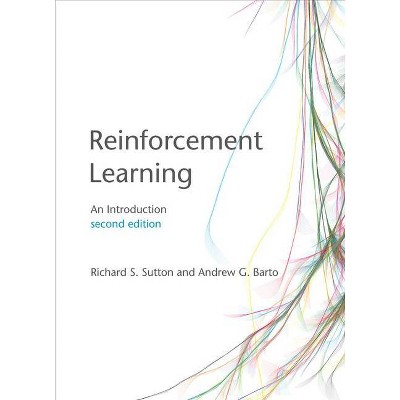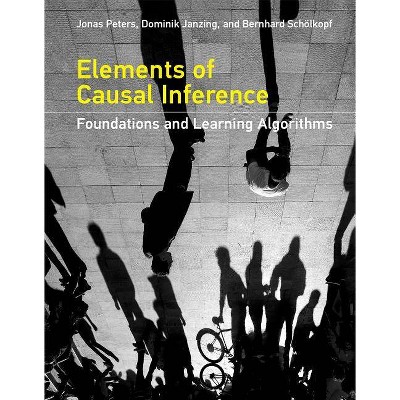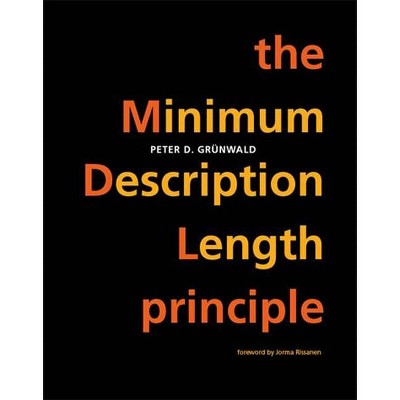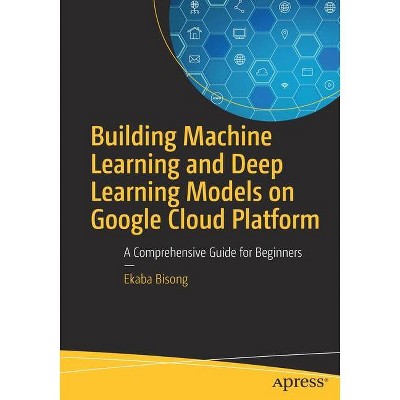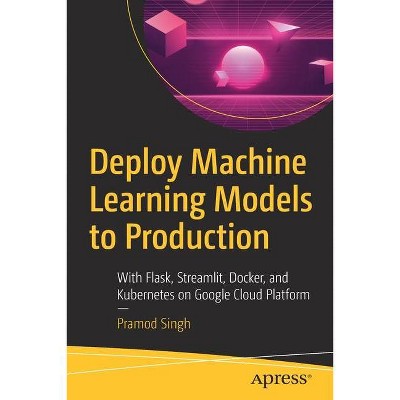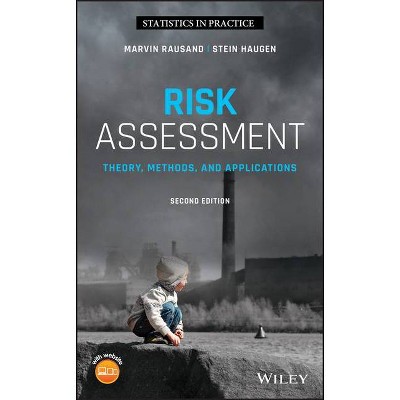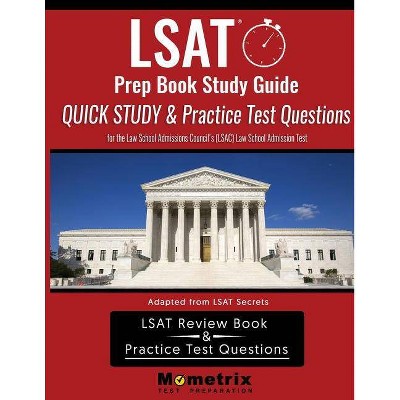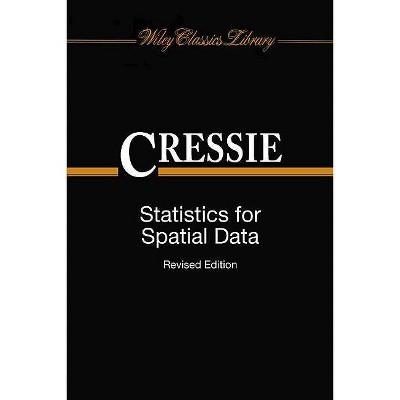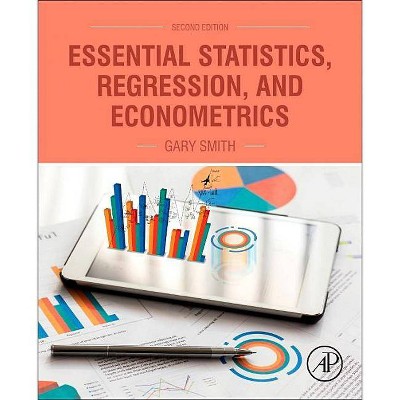Probabilistic Graphical Models - (Adaptive Computation and Machine Learning) by Daphne Koller & Nir Friedman (Hardcover)
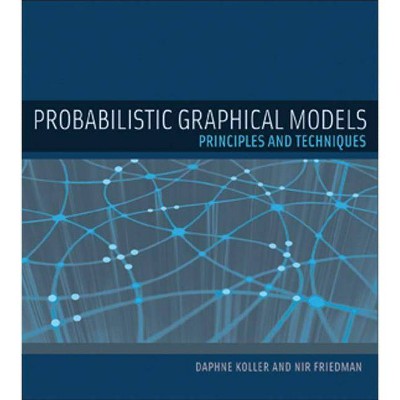
Similar Products
Products of same category from the store
AllProduct info
<p/><br></br><p><b> About the Book </b></p></br></br>A general framework for constructing and using probabilistic models of complex systems that would enable a computer to use available information for making decisions.<p/><br></br><p><b> Book Synopsis </b></p></br></br><b>A general framework for constructing and using probabilistic models of complex systems that would enable a computer to use available information for making decisions.</b><p>Most tasks require a person or an automated system to reason--to reach conclusions based on available information. The framework of probabilistic graphical models, presented in this book, provides a general approach for this task. The approach is model-based, allowing interpretable models to be constructed and then manipulated by reasoning algorithms. These models can also be learned automatically from data, allowing the approach to be used in cases where manually constructing a model is difficult or even impossible. Because uncertainty is an inescapable aspect of most real-world applications, the book focuses on probabilistic models, which make the uncertainty explicit and provide models that are more faithful to reality. </p><p><i>Probabilistic Graphical Models</i> discusses a variety of models, spanning Bayesian networks, undirected Markov networks, discrete and continuous models, and extensions to deal with dynamical systems and relational data. For each class of models, the text describes the three fundamental cornerstones: representation, inference, and learning, presenting both basic concepts and advanced techniques. Finally, the book considers the use of the proposed framework for causal reasoning and decision making under uncertainty. The main text in each chapter provides the detailed technical development of the key ideas. Most chapters also include boxes with additional material: skill boxes, which describe techniques; case study boxes, which discuss empirical cases related to the approach described in the text, including applications in computer vision, robotics, natural language understanding, and computational biology; and concept boxes, which present significant concepts drawn from the material in the chapter. Instructors (and readers) can group chapters in various combinations, from core topics to more technically advanced material, to suit their particular needs.</p><p/><br></br><p><b> Review Quotes </b></p></br></br><br>"This landmark book provides a very extensive coverage of the field, ranging from basic representational issues to the latest techniques for approximate inference and learning. As such, it is likely to become a definitive reference for all those who work in this area. Detailed worked examples and case studies also make the book accessible to students."--Kevin Murphy, Department of Computer Science, University of British Columbia<br><p/><br></br><p><b> About the Author </b></p></br></br>Daphne Koller is Professor in the Department of Computer Science at Stanford University. <p/>Nir Friedman is Professor in the Department of Computer Science and Engineering at Hebrew University.
Price History
Cheapest price in the interval: 125.99 on October 28, 2021
Most expensive price in the interval: 125.99 on November 6, 2021
Price Archive shows prices from various stores, lets you see history and find the cheapest. There is no actual sale on the website. For all support, inquiry and suggestion messages communication@pricearchive.us
